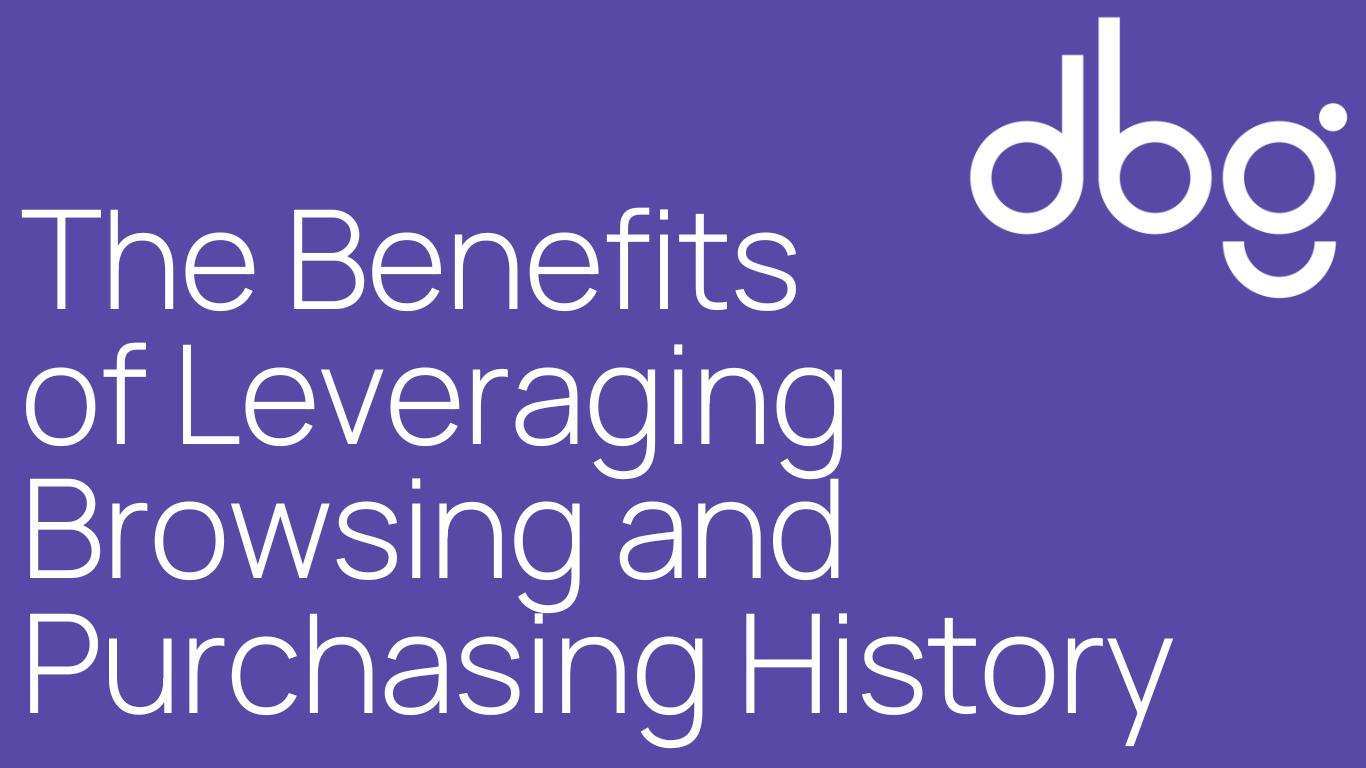 Leveraging browsing and purchasing history is pivotal for businesses aiming to enhance personalisation and customer satisfaction.
Leveraging browsing and purchasing history is pivotal for businesses aiming to enhance personalisation and customer satisfaction.
By analysing this data, companies can tailor product recommendations, creating a bespoke shopping experience that resonates with individual preferences. For example, Amazon’s recommendation engine, which accounts for a significant portion of its sales, uses past browsing and purchase history to suggest products customers are likely to buy. This personal touch not only increases conversion rates but also fosters customer loyalty, as shoppers feel understood and valued.
Businesses can use this information to segment their audience effectively, enabling targeted sales campaigns that are more likely to engage and convert. These targeted messages can also include exclusive offers or discounts on items that the customer has shown interest in, thereby increasing the likelihood of a purchase.
Understanding purchasing history helps in managing inventory and forecasting demand, reducing the risk of overstocking or stockouts. By identifying trends in customer behaviour, companies can predict which products will be in high demand and adjust their inventory accordingly. This not only optimises stock levels but also ensures that popular items are readily available, enhancing customer satisfaction.
Another significant benefit is the ability to re-engage customers who have abandoned their shopping carts. By tracking browsing history, businesses can identify products that were added to carts but not purchased and send reminder emails to encourage completion of the purchase. These emails can be further personalised with incentives such as free shipping or discounts, making it more likely for the customer to return and finalise their order.
Advanced customer journey mapping and leveraging browsing and purchasing history can improve the overall user experience on an eCommerce site. By understanding what customers are looking for and how they navigate the site, businesses can optimise the layout, design, and functionality of their online stores to make the shopping process more intuitive and enjoyable. This could include features such as dynamic search results, personalised landing pages, and streamlined checkout processes, all of which contribute to a seamless shopping experience.
This data-driven approach not only enhances personalisation and customer loyalty but also drives sales growth and operational efficiency.
